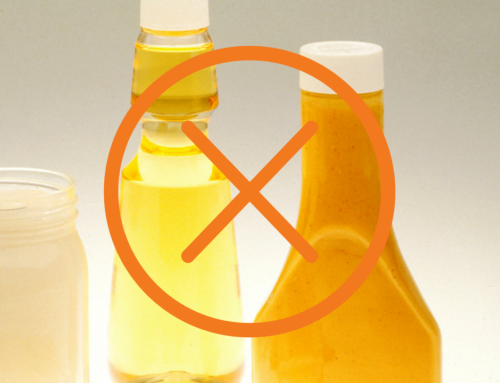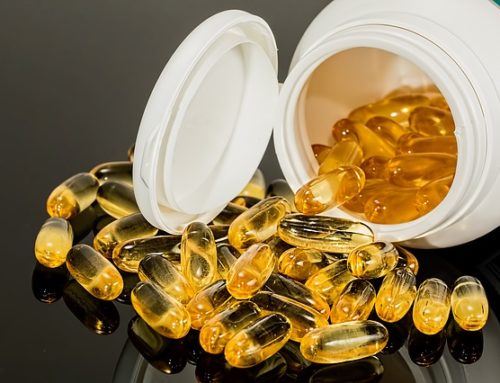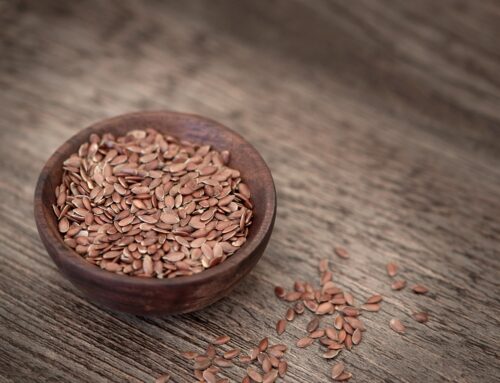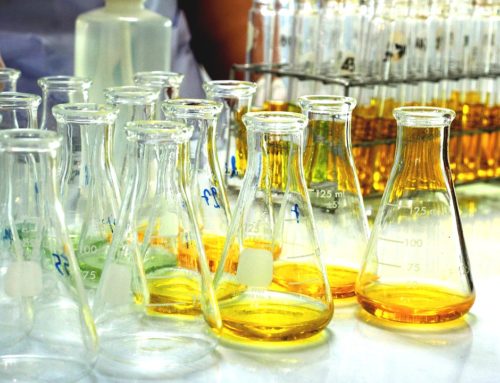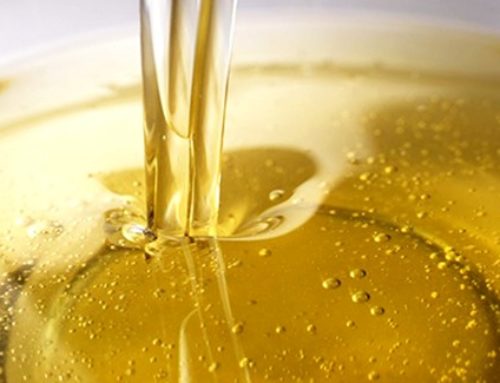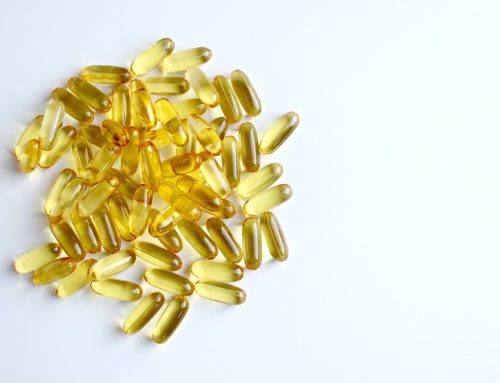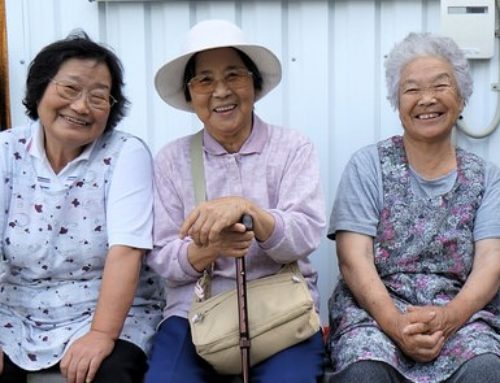Never omega 3 and omega 6 without enough vitamin E and carotenes
‘Vitamin E and carotene are necessary to keep omega-3 and 6 intact in our body, to protect them from destruction by oxygen and free radicals. These antioxidants (vitamin E and carotenes) keep the omega 3 and omega 6 in shape to fulfill their important duties’ (29). ‘Our cell membranes protect our cells. Poorly protected cell walls harm both the nucleus of the cell (where DNA is stored) and the mitochondria (which are the power plants of the cells)’ (29). According to Udo Erasmus, author of the book ‘Fatal fats, vital fats’.
‘The membranes must be flexible and permeable. Omega 3 and omega 6 provide this. But they must be protected by vitamin E (and carotenes). No other antioxidant has the ability to stop the damaging domino effect of free radicals. In particular alpha and gamma tocopherols (vitamin E).’ This writes Andrea Papas, author of the book ‘Vitamin E’ (30).
Free radicals cause harmful chemical reactions such that iron rusts due to oxygen, a cut apple turns brown and oil and nuts become rancid. Antioxidants prevent these harmful domino reactions. For example, put some lemon juice (vitamin C) on a piece of apple and it will not discolour (age or oxidize). Similarly, vitamin E and carotenes in our body prevent oil (fat) from becoming rancid (20 21).
‘Vitamin E protects fats from going bad by eliminating free radicals before they damage omega-3/6’. “The more omega 3 and omega 6 you eat, the more vitamin E you need” (31). This confirms Dr. Ulrich Stunz, the German author of the book ‘The vitamin revolution’.
‘Omega-3/6 are the most favored targets of free radicals’ (33), writes Barry Sears, author of ‘The Anti-ageing Zone’.
“Of all the oils we find in food, omega-3s become rancid the fastest through oxidation, which is why omega-3s have the greatest potential for the damage that free radicals can do” (38), says Bruce Fife, author of “Saturated Fats Can Change Your Life.” to save’.
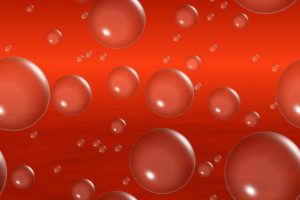 ‘Omega 3 and omega 6 are very susceptible to oxidation, especially after you have taken them. What you certainly do not want is oxidation of omega-3/6 in your blood vessels. Free radicals don’t stand a chance with vitamin E…” (34), confirms Dr. Atkins, author of “The Anti-Aging Diet Revolution”
‘Omega 3 and omega 6 are very susceptible to oxidation, especially after you have taken them. What you certainly do not want is oxidation of omega-3/6 in your blood vessels. Free radicals don’t stand a chance with vitamin E…” (34), confirms Dr. Atkins, author of “The Anti-Aging Diet Revolution”
‘If omega 3 and omega 6 in the blood come into contact with oxygen, peroxidation (going rancid) easily occurs. However, if sufficient vitamin E is present, peroxidation is prevented. A diet rich in omega-3/6 needs more vitamin E’ (41). This is the opinion of C. van het Kaar, Dutch author of ‘Uw hart en vitamin E’.
‘The need for vitamin E increases as more unsaturated fatty acids are used,’ confirms the Dutch Pharmacopoeia.
“Omega 3 and omega 6 are the beloved targets of free radicals, any reduction of free radicals will be positive for hormonal balance through the correct production of eicosanoids,” says Barry Sears author of the bestseller ‘The Anti-Aging Zone’.
“I myself take 1200mg of vitamin E a day,” says Dr. Le Compte, former president of the Belgian Geriatrics Association. ‘That is proof that I believe in the value of vitamin E as an antioxidant. Aging is nothing but an oxidation reaction’ (32).
‘A intake of 0.4mg alpha-tocopherol (vitamin E) per gram of omega 3 and omega 6 is recommended, which helps to maintain a minimum concentration of vitamin E in the body’ (35), Superior Health Council of Belgium.
Minimum 0.6mcg vitamin E per 1mg omega-3/6. Higher levels are recommended with oils rich in omega-3 and 6 (37).’ According to the FAO, food and agriculture organization of the United Nations.
Conclusion: omega 3 and omega 6 without vitamin E quickly become rancid in the body and cause damage. Sufficient vitamin E protects omega-3/6 in our body.
Omega 3 and omega 6 consume vitamin E and carotenes
Those who take omega 3 and omega 6 consume vitamin E because it fights against free radicals that are fond of omega 3 and omega 6. In this constant battle, both vitamin E and free radicals perish. The goal is to keep vitamin E in the upper hand. That is why your omega-3/6 contains quite enough vitamin E.
‘If a diet is rich in omega 3 and omega 6, vitamin E is consumed. A deficiency of vitamin E damages muscle tissue, damages the brain and degenerates blood vessels. If we include omega 3 and omega 6, we must also take proportionately more vitamin E.’ (36). This is what two-time Nobel laureate Linus Pauling wrote.
Pigment spots are oxidized fats in the skin due to a deficiency of vitamin E and carotenes. In their book ‘Die Vitamin Revolution’, Dr. U. Strunz and Andreas Jopp provide the following table, which clarifies the vitamin E consumption:
| wheat germ oil | 200mg | 174mg |
| sunflower oil | 50mg | 19mg |
| olive oil | 20mg | 5mg |
| germ | oil 34mg | 0mg |
| margarine | 10mg | 0mg |
| milk | 2mg | 0mg |
| mackerel | 4mg | -3mg |
| herring | 26mg | -5mg |
| walnuts | 6mg | -21mg |
| linseed and flax seed | 0.32mg ** | very negative* |
| linseed oil | 1.26mg ** | very negative* |
* Given that linseed (flax seed) contains many unsaturated omega 3 and omega 6 fatty acids (oxidation sensitive) and very little vitamin E, it can be assumed that linseed (flax seed) is a serious vitamin E robber in our body. ** NDB 12220 flaxseed, FAO/WHO nutrition table.
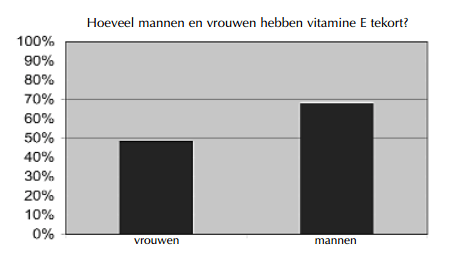
There is a major vitamin E deficiency: carotenes are important
A German study found that 48% of women and 68% of men absolutely do not absorb the minimum recommended amounts of vitamin E. This puts vitamin E at the bottom of all vitamins (Deutsche Gesellschaft für Ernahrung (DGE), Dr. Ulrich Strunz and Andreas Jopp, ‘The Vitamin Revolution’, p. 18 (table) and p. 143). Vitamin E is absolutely safe even in very large amounts (39). Recommended minimum amount: 10 mg. Safe dose: 800 mg.
Eight types of vitamin E in natural form
It used to be thought that vitamin E consisted only of alpha-tocopherol. Today it is known that vitamin E, like vitamin B, consists of a whole team. Namely 4 tocopherols (alpha, beta, gamma and delta) and 4 tocotrienols (alpha, beta, gamma and delta). Together they are strong and complement each other. One vitamin E is therefore not the other.
For example, the California University of Berkeley has shown that tocotrienols are 40 to 60 times stronger at inhibiting fat oxidation than alpha-tocopherol.
Gamma- and delta-tocotrienols can prevent the growth of estrogen-dependent and estrogen-independent breast cancer cells (which alpha-tocopherol could not) (39).
Gamma tocopherol is most efficient at neutralizing free nitrogen radicals, the culprits in the brain (40). Tocotrienols are best placed to protect the skin from UV rays and air pollution (96).
The power of vitamin E and carotenes
‘Study after study proves that vitamin E is an important antioxidant that prevents arteriosclerosis, protects the eyes and helps prevent cancer. Hundreds of studies show that the more vitamin E you take, the lower your risk of any type of cancer’ (42). ‘Vitamin E is the anti-aging vitamin’ (43).

